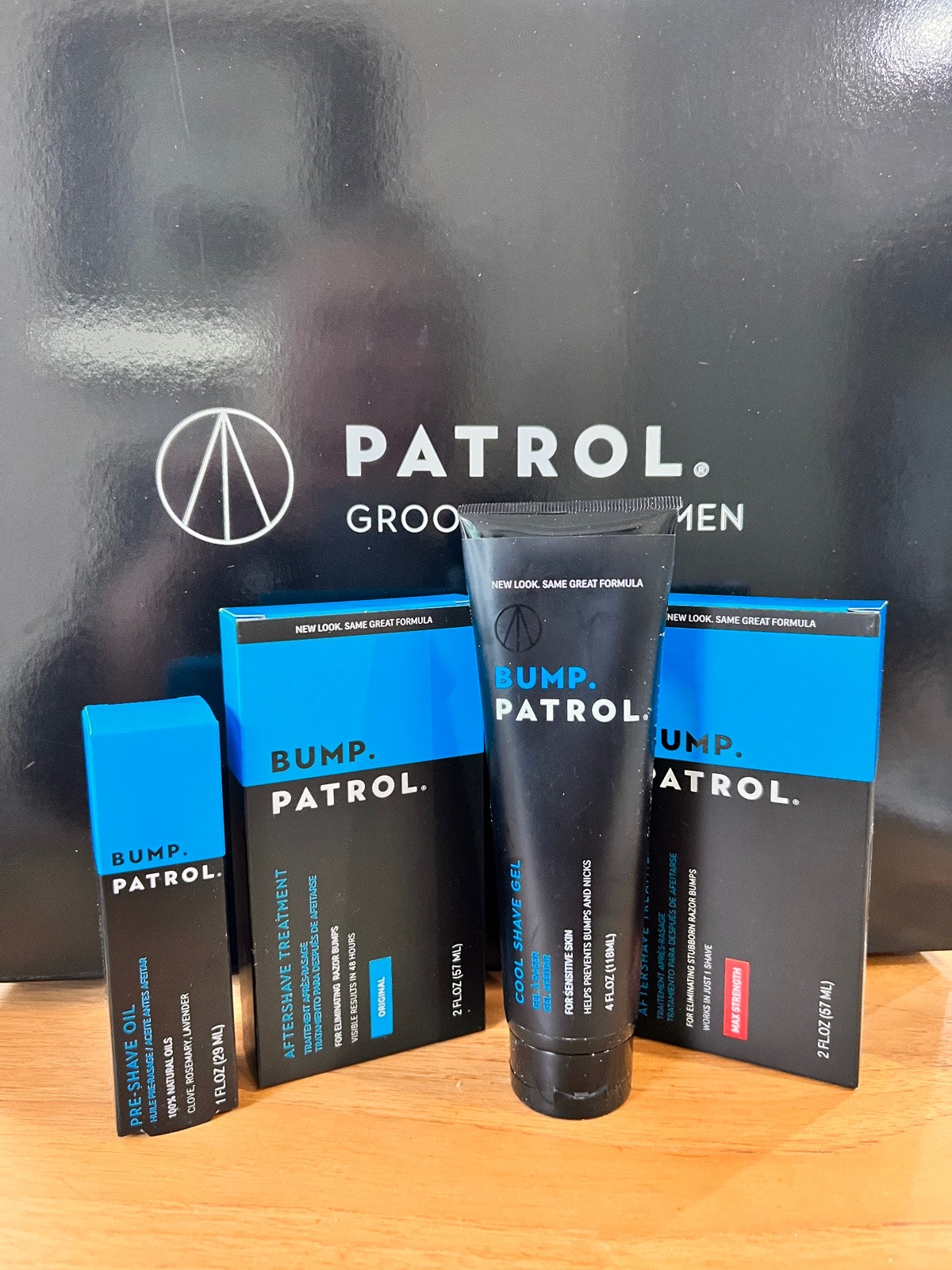Understanding Ingrown Hairs
Before diving into prevention, it's essential to understand what we're dealing with. Ingrown hairs occur when hair grows back into the skin rather than up and out of the follicle. They can result in inflammation, redness, and sometimes even painful pustules or cysts. Those with curly or coarse hair often find themselves more prone to ingrowns because the hair naturally curls back.
Why Do Ingrown Hairs Occur?
-
Nature of the Hair: Curly or coarse hair tends to bend back and re-enter the skin.
-
Shaving Techniques: Improper techniques can lead to hairs being cut at an angle, allowing them to grow sideways.
-
Clogged Hair Follicles: Dead skin can block a hair follicle, leading the hair to grow sideways beneath the skin rather than upward.
Mastering the Art of Shaving to Prevent Ingrown Hairs
-
Preparation is Key:
- Exfoliate: Before you even think about reaching for that razor, exfoliate. Use a gentle scrub or an exfoliating glove to remove dead skin cells that can clog pores and cause ingrown hairs.
- Softening the Hair: Soak the area you plan to shave in warm water for about five minutes. This softens the hair and opens up the follicles. If you're shaving your face, doing so after a warm shower can be effective.
-
Invest in a Good Razor:
- Always use a sharp, clean blade. Dull blades can tug at hairs, leading to uneven shaving, and a greater likelihood of hairs growing back into the skin.
- Consider a single-blade razor. While multi-blade razors can give a close shave, they can also cut the hair below the skin level, increasing the risk of ingrown hairs.
-
Shaving Cream/Gel: Use a moisturizing shaving cream or gel. This reduces friction and allows the razor to glide more easily.
-
Shaving Technique:
- Shave in the direction of hair growth. While shaving against the grain can result in a closer shave, it also increases the chances of ingrown hairs.
- Don't stretch the skin. Pulling it taut might lead to a shave that's too close, increasing the risk of hair growing back into the skin.
- Use short strokes and rinse the blade between each pass.
-
Post-Shave Care:
- Rinse with Cold Water: This helps to close the pores and reduce inflammation.
- Moisturize: After shaving, apply a gentle moisturizer to soothe the skin and keep it hydrated.
- Avoid Tight Clothing: If you've shaved areas like your legs or bikini line, wear loose clothing to prevent friction on the freshly shaved skin.
-
Maintenance Between Shaves:
- Regular Exfoliation: Continue to exfoliate your skin a few times a week to prevent the buildup of dead skin cells.
- Moisturize Daily: Keeping the skin hydrated can prevent dryness, which can increase the risk of ingrown hairs.
In Conclusion
Ingrown hairs can be a significant source of discomfort and frustration. But by understanding their causes and mastering the art of shaving, you can significantly reduce their occurrence. Adopting a proper shaving routine and ensuring your skin is well-taken care of both before and after shaving can make all the difference. Happy shaving, and here's to smooth, clear skin!


